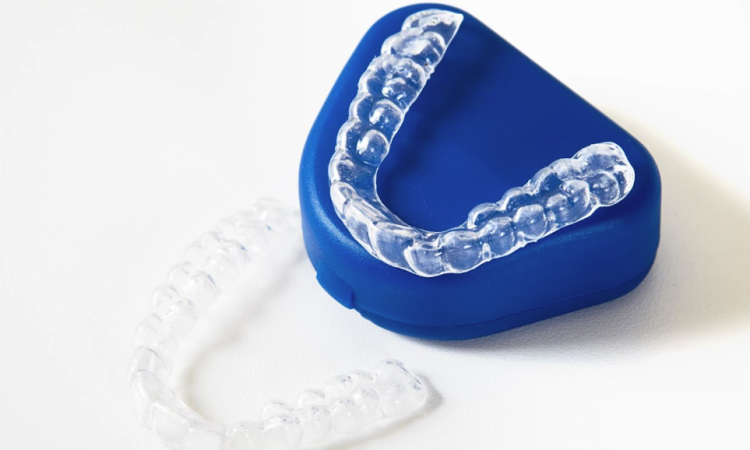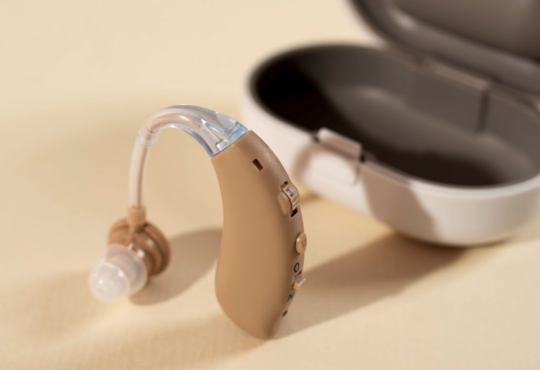Protecting treatment plans, rigid box or flexible pouch: choosing the right custom dental aligner packaging

Introduction
You have a treatment plan mapped out for a patient. The aligners are precise and must arrive intact. Now choose packaging. Do you pick a rigid box for a premium feel or a flexible pouch for convenience and cost savings? Both formats have real benefits. Choosing the right custom dental aligner packaging boils down to what you prioritize: protection, presentation, shipping efficiency, or patient convenience. Let’s break it down and make this decision practical, not emotional.
What protection really means for aligners
Aligners are fragile in the sense that their fit depends on shape. A bent edge, a scratch, or contamination can change that fit and slow progress. Protection is about preventing mechanical damage and contamination. Custom dental aligner packaging should protect trays from crushing, keep them sanitary, and make sure they aren’t exposed to conditions that would warp or stain them.
That requirement pushes many clinics toward rigid solutions, but rigid doesn’t always mean necessary. What matters is whether the chosen format meets your distribution needs and patient behavior.
Rigid box: premium presentation and strong protection
Rigid boxes are a strong choice when presentation matters and the risk of crushing is real. They provide a solid shell that resists bends, which is useful if aligners are packaged with additional items like whitening trays or instruction booklets. For in-office pickups or starter kits delivered with a clinical feel, rigid boxes signal care.
Rigid boxes also give a better canvas for premium branding and inserts. If your clinic wants to deliver a memorable unboxing experience that reinforces professionalism, a rigid format supports that. However, the trade-offs are higher material cost, added weight, and potentially higher shipping costs.
Flexible pouch: lightweight, practical, and patient-friendly
Flexible pouches are popular for monthly refills and direct-to-consumer shipments. They are lightweight, which reduces shipping costs, and they conform to the product size, which minimizes wasted space. A well-designed pouch with a resealable closure protects against contamination and makes daily storage easier for patients.
Flexible pouches also support clear windows for visibility and simple printed instructions on the back. If your workflow relies on high-volume shipping and quick fulfillment, flexible pouch formats can save money and simplify logistics without sacrificing safety when fitted correctly.
Security and safety features to consider
Whatever format you choose, certain security and hygiene features are non-negotiable. Tamper-evident seals matter because they show whether a package was opened. Resealable zippers and child-resistant options provide functional benefits for patients. Inside, add an inner tray or spacer to prevent trays from rubbing during transport.
Custom dental aligner packaging should incorporate these features based on your risk assessment. If trays travel across long distances, prioritize tamper evidence and internal protection. If distribution is local and mostly in-office, presentation and hygiene may take priority.
Operational considerations: volume, cost, and handling
Here’s a reality check: operational fit often dictates the best format. High-volume DTC brands may favor pouches for cost efficiency and speed. Clinics that hand patients a first kit during an appointment might invest in rigid boxes because they only produce them occasionally and want the branding impact.
Also consider storage. Rigid boxes take shelf space. Pouches stack flat and are easier to store in bulk. Think through your pick-and-pack workflow and how packaging affects labor time per order.
Patient experience and compliance impact
Patient convenience affects compliance. A resealable pouch is simple for daily use; patients can quickly store aligners between wear. A rigid box may store better at home but can be bulky. What this really means is you should select packaging that aligns with how patients will actually use and store trays, not how it looks on a shelf.
Good instructions printed clearly on the package, or a QR code linking to a quick video, increase the chance that patients follow care guidelines.
Making the decision: a framework
Make this decision with a short framework. First, evaluate where and how the aligners travel. Second, assess the patient touchpoint: is this the first kit or a refill? Third, calculate cost impact on shipping and storage. Finally, prototype and test.
Work with your packaging partner to trial both options. Send a small batch to real patients or staff, gather feedback on fit and ease of use, and adjust.
Conclusion
Rigid boxes and flexible pouches each solve different problems. Rigid boxes deliver premium presentation and strong physical protection. Flexible pouches win on efficiency, convenience, and cost. The right choice for your practice or DTC brand comes down to how the aligners move through your system and how patients interact with them. Choose packaging that protects the treatment plan first, then worry about presentation. Custom dental aligner packaging is not a one-size-fits-all decision. Make it fit your workflow and your patients.







